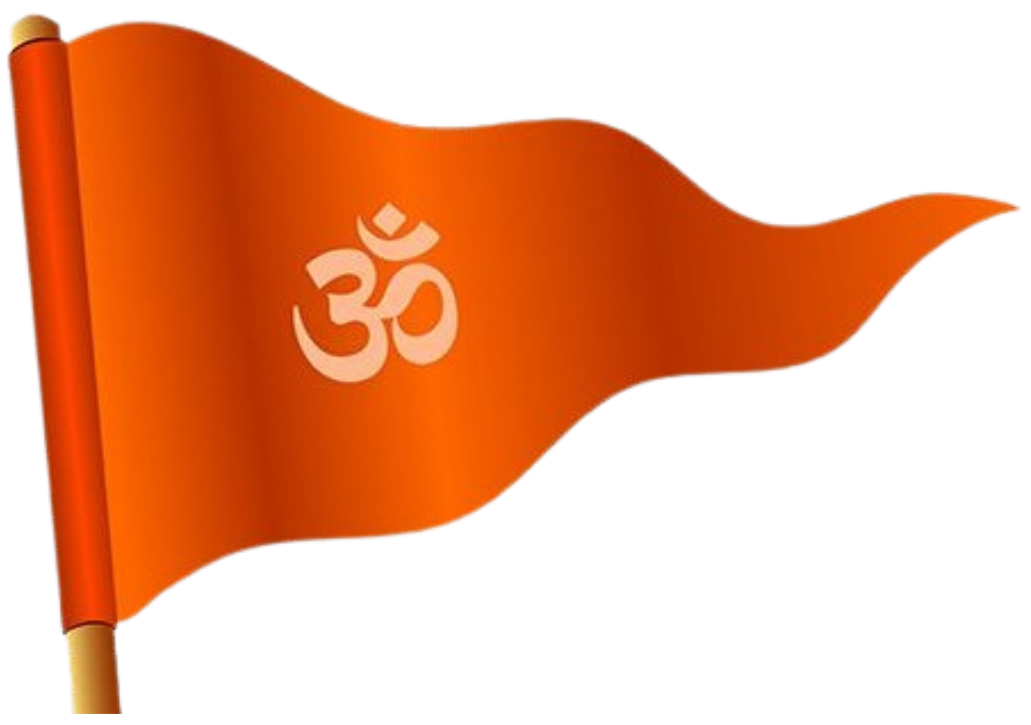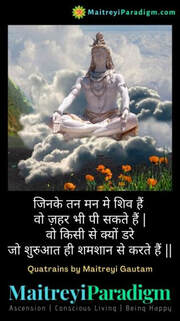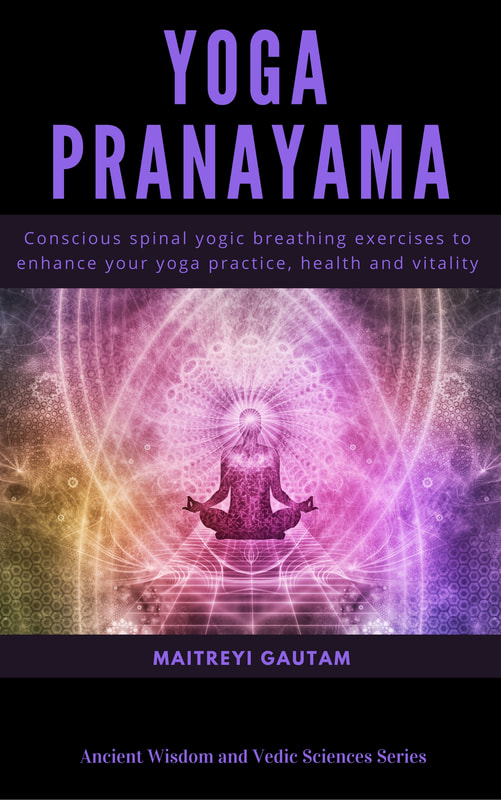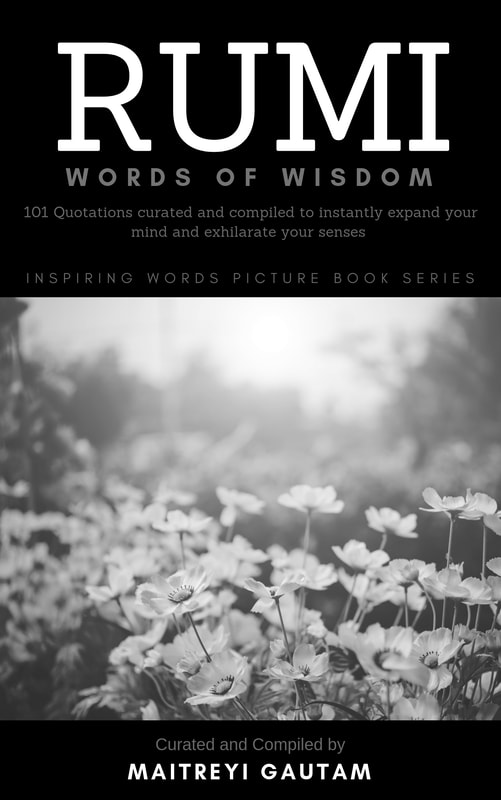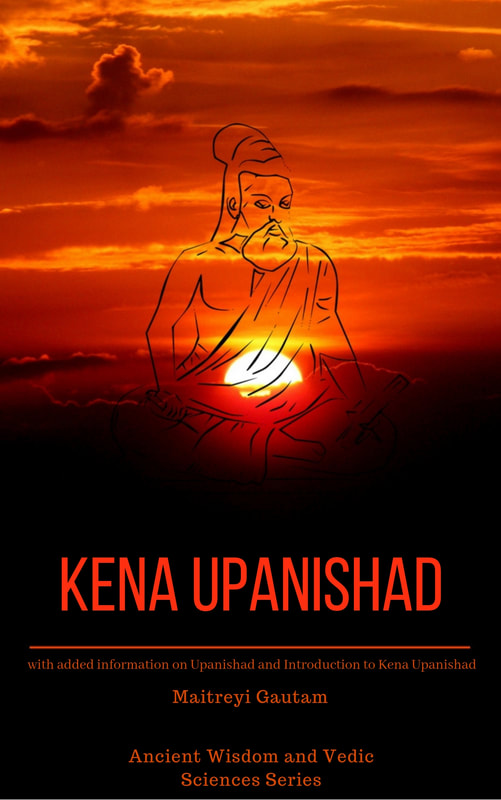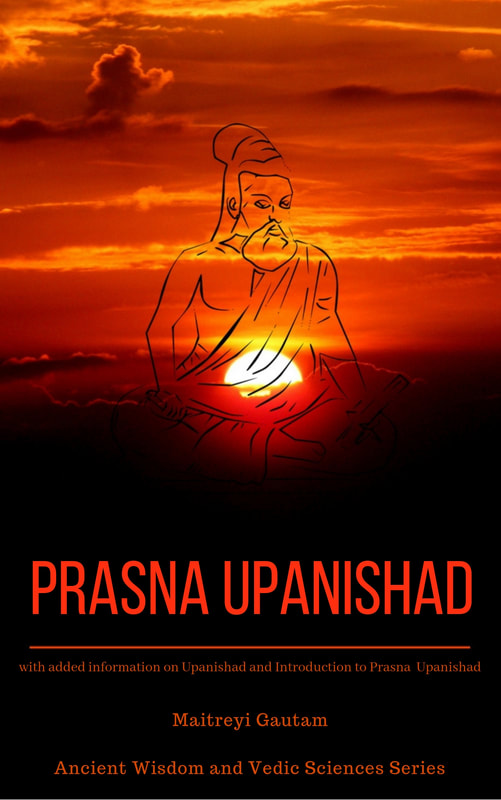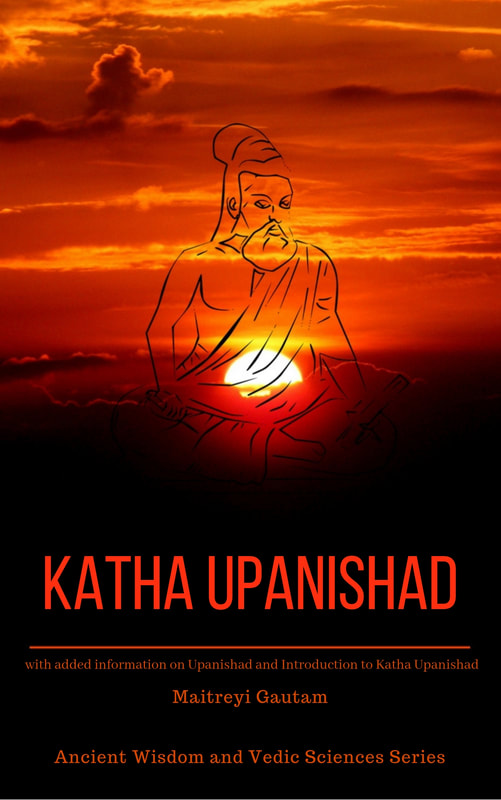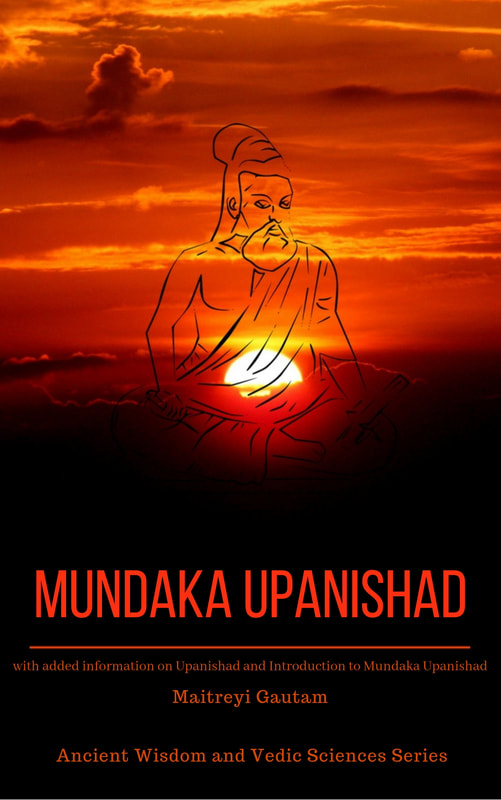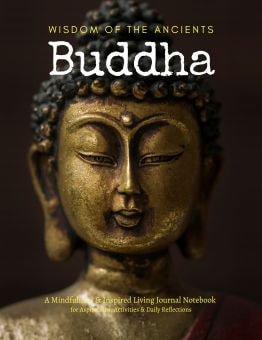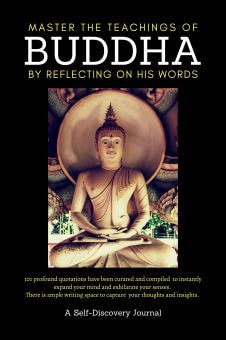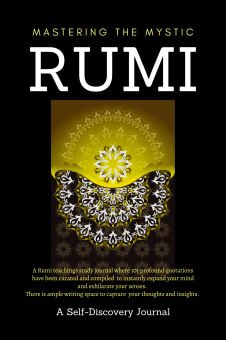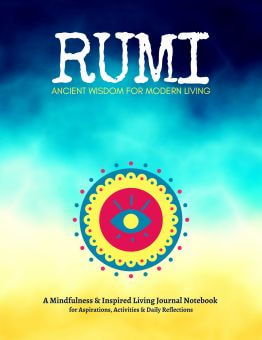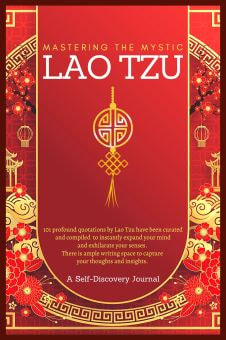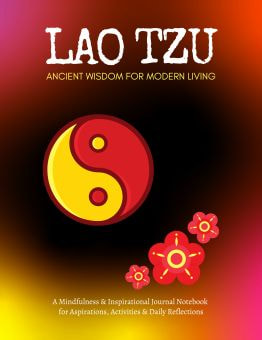Introduction Kathak, one of the eight classical dance forms of India, is a vibrant and captivating art form that has its roots in Northern India. Known for its intricate footwork, graceful movements, and expressive storytelling, Kathak has evolved over centuries to become a dance form that captivates audiences and celebrates the rich cultural heritage of India. Understanding the amazing dance form of Kathak | |
The word "Kathak" is derived from the Sanskrit term "katha," which means story or narrative, and the performers of this dance form are often referred to as "kathakars" or storytellers.
The origins of Kathak can be traced back to the ancient temple dancers and wandering bards who narrated stories from Indian epics like the Ramayana and the Mahabharata through dance, music, and mime.
Over time, Kathak has evolved and absorbed influences from various cultures and traditions, including Persian, Mughal, and even British elements, making it a unique amalgamation of styles.
The origins of Kathak can be traced back to the ancient temple dancers and wandering bards who narrated stories from Indian epics like the Ramayana and the Mahabharata through dance, music, and mime.
Over time, Kathak has evolved and absorbed influences from various cultures and traditions, including Persian, Mughal, and even British elements, making it a unique amalgamation of styles.
Kathak is characterized by its fluid and graceful movements, which are often contrasted with fast, rhythmic footwork. The dance form places great emphasis on the synchronization of footwork with the accompanying music, and the dancers wear ghungroos, or ankle bells, to accentuate the complex rhythms created by their feet.
Pirouettes, or chakkars, are another key feature of Kathak, with dancers executing multiple spins in quick succession while maintaining perfect balance and poise.
Kathak dancers are also known for their expressiveness, using facial expressions, hand gestures, and body movements to convey emotions and narrate stories. Abhinaya, the art of expression, is an essential aspect of Kathak, and dancers use this technique to bring to life the characters and emotions from the stories they are portraying.
The music that accompanies Kathak is equally important, with traditional instruments such as the tabla, sarangi, sitar, and harmonium providing the melodic and rhythmic foundation for the dance. Vocal music is often an integral part of the performance, with singers narrating the story through song while the dancers interpret the narrative through their movements.
Kathak has three major gharanas, or stylistic schools: Jaipur, Lucknow, and Benares. Each gharana has its distinct style and repertoire, with differences in emphasis on footwork, abhinaya, and the way the dance is performed. Despite these differences, all gharanas are united by their commitment to preserving and promoting the rich tradition of Kathak.
Pirouettes, or chakkars, are another key feature of Kathak, with dancers executing multiple spins in quick succession while maintaining perfect balance and poise.
Kathak dancers are also known for their expressiveness, using facial expressions, hand gestures, and body movements to convey emotions and narrate stories. Abhinaya, the art of expression, is an essential aspect of Kathak, and dancers use this technique to bring to life the characters and emotions from the stories they are portraying.
The music that accompanies Kathak is equally important, with traditional instruments such as the tabla, sarangi, sitar, and harmonium providing the melodic and rhythmic foundation for the dance. Vocal music is often an integral part of the performance, with singers narrating the story through song while the dancers interpret the narrative through their movements.
Kathak has three major gharanas, or stylistic schools: Jaipur, Lucknow, and Benares. Each gharana has its distinct style and repertoire, with differences in emphasis on footwork, abhinaya, and the way the dance is performed. Despite these differences, all gharanas are united by their commitment to preserving and promoting the rich tradition of Kathak.
Kathak in recent times
In recent times, Kathak has enjoyed a resurgence in popularity, both in India and around the world.
Contemporary Kathak dancers and choreographers are constantly pushing the boundaries of the art form, experimenting with fusion styles and incorporating modern themes while staying true to the essence of Kathak.
This dynamic dance form continues to enthrall audiences with its unique blend of storytelling, rhythm, and grace, making it an enduring symbol of India's rich cultural heritage.
Contemporary Kathak dancers and choreographers are constantly pushing the boundaries of the art form, experimenting with fusion styles and incorporating modern themes while staying true to the essence of Kathak.
This dynamic dance form continues to enthrall audiences with its unique blend of storytelling, rhythm, and grace, making it an enduring symbol of India's rich cultural heritage.


